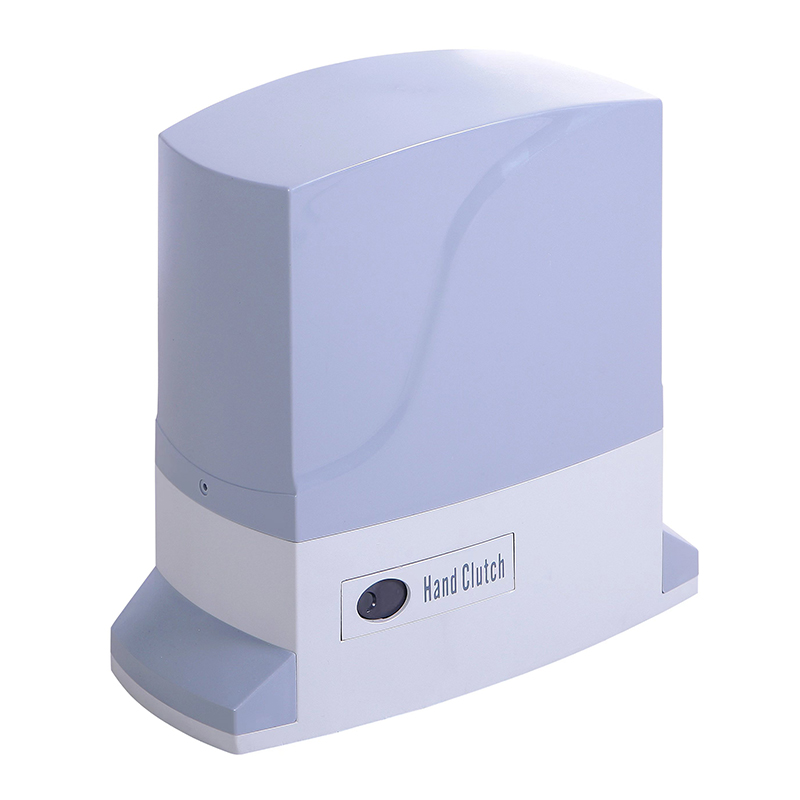Automatic sliding gates offer convenience, security, and aesthetic appeal for residential, commercial, and industrial properties. However, ensuring the safety of these gates is paramount to prevent accidents and injuries. Automatic sliding gate manufacturers adhere to stringent safety standards and employ various measures to ensure their products are safe for users. This article explores the key practices manufacturers implement to guarantee the safety of automatic sliding gates.

Compliance with Safety Standards
Automatic sliding gate manufacturers adhere to industry-specific safety standards and regulations established by organizations such as the International Electrotechnical Commission (IEC) and the American National Standards Institute (ANSI). These standards cover various aspects of gate design, construction, installation, and operation to mitigate potential hazards and ensure user safety.
Comprehensive Risk Assessment
Manufacturers conduct thorough risk assessments during the design and development phase of automatic sliding gates. This involves identifying potential safety hazards, such as entrapment, collision, and electrical hazards, and implementing appropriate safety measures to mitigate these risks. Risk assessments also consider factors such as gate size, speed, weight, and proximity to pedestrians and vehicles.
Incorporation of Safety Features
Automatic sliding gate manufacturers integrate a range of safety features into their products to minimize the risk of accidents and injuries. These safety features may include:
1. Safety Sensors: Infrared photocells or photoelectric sensors are installed along the gate's path to detect obstructions, such as vehicles or pedestrians. When an obstruction is detected, the gate automatically stops or reverses its direction to prevent collisions.
2. Pressure Sensing Devices: Pressure-sensitive edges or strips are installed on the leading edge of the gate panels to detect contact with objects or individuals. When pressure is applied, such as from a person or vehicle, the gate stops or reverses its movement to avoid crushing or trapping.
3. Emergency Stop Button: A prominently located emergency stop button allows users to immediately halt the gate's operation in case of an emergency or safety concern.
4. Manual Release Mechanism: In the event of a power failure or malfunction, automatic sliding gates are equipped with manual release mechanisms to allow for manual operation and egress.
5. Visual and Audible Alerts: Visual indicators, such as flashing lights, and audible alarms notify users of the gate's movement and potential safety hazards.
Installation by Certified Professionals
Manufacturers recommend that automatic sliding gates be installed by certified and experienced professionals familiar with industry safety standards and guidelines. Proper installation ensures that safety features are correctly configured and calibrated for optimal performance.
User Education and Training
Manufacturers provide comprehensive user manuals and instructions for operating automatic sliding gates safely. Additionally, they may offer training sessions or educational materials to property owners, facility managers, and gate operators on best practices for gate operation, maintenance, and safety.
Ongoing Maintenance and Inspection
Regular maintenance and inspection are essential to ensure the continued safety and reliability of automatic sliding gates. Manufacturers may recommend periodic inspections by qualified technicians to check for wear and tear, damaged components, and proper functioning of safety features. Routine maintenance tasks may include lubrication, adjustment of sensors, and testing of emergency stop systems.
Conclusion
Automatic sliding gate manufacturers prioritize safety in the design, production, installation, and maintenance of their products. By adhering to industry safety standards, conducting comprehensive risk assessments, integrating advanced safety features, and providing user education and ongoing support, manufacturers ensure that automatic sliding gates offer reliable and secure access control while minimizing the risk of accidents and injuries. As technology advances and safety standards evolve, manufacturers continue to innovate and improve their products to meet the highest safety standards and provide peace of mind for users.